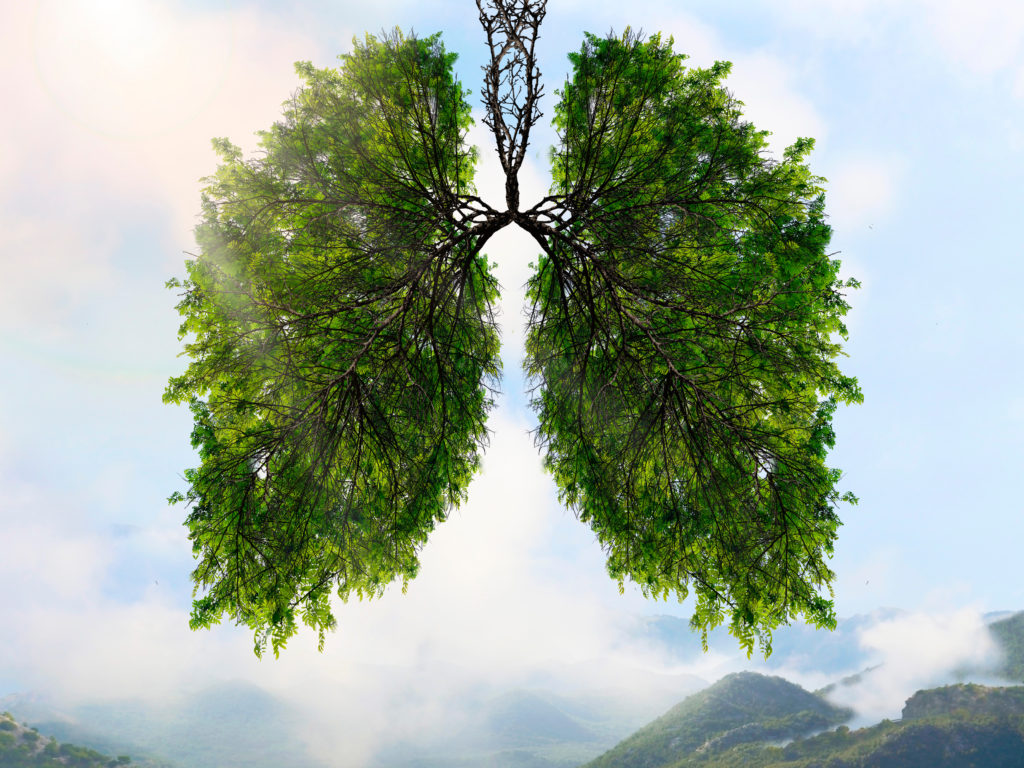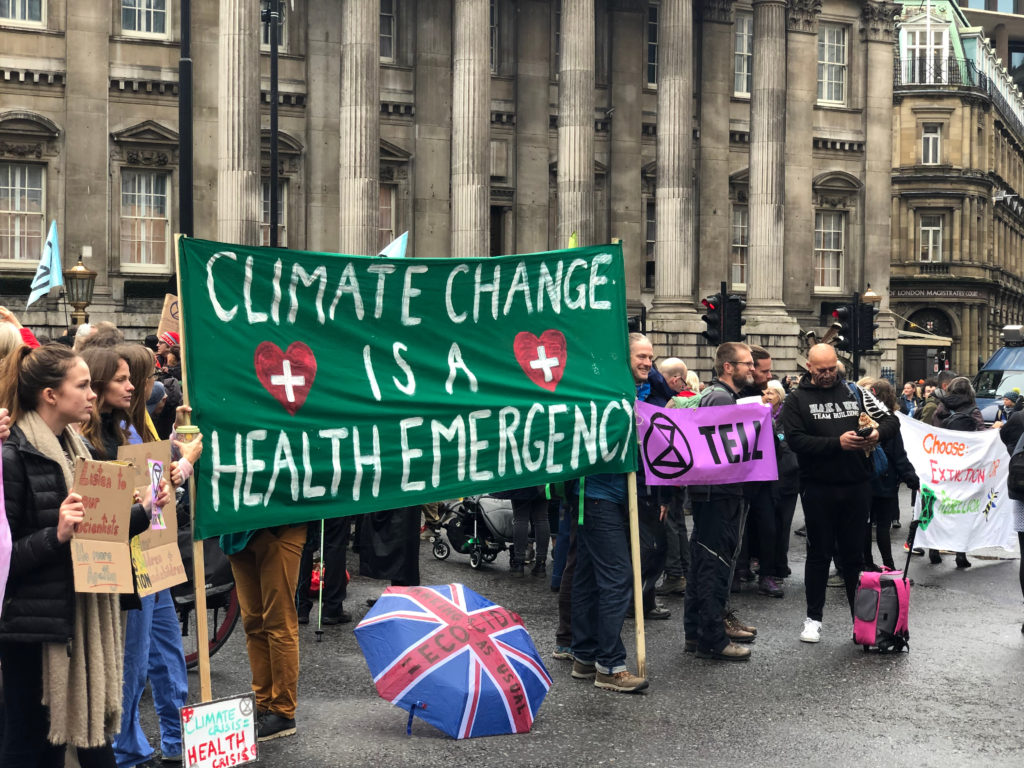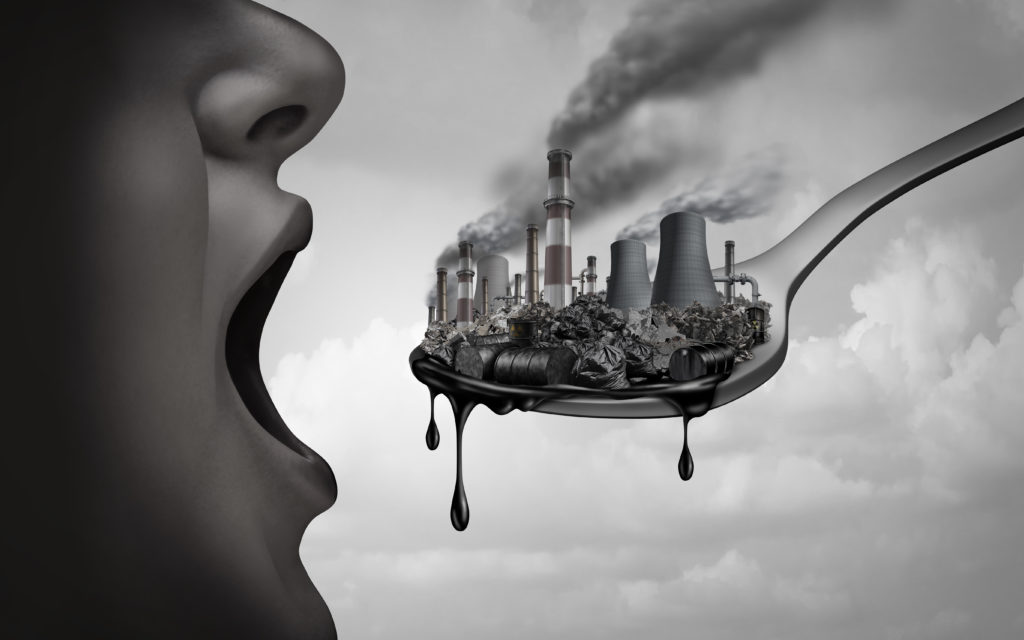Climate change and health problems have a direct correlation, with the issue considered a global health emergency. The health effects of climate change are far-reaching and impact everyone, especially the most vulnerable among us. The World Health Organization (WHO) has identified climate change as the greatest threat to global health in the 21st century.
The health effects of climate change include increased respiratory and cardiovascular disease, injuries and premature deaths related to extreme weather events, changes in the prevalence and geographical distribution of food- and water-borne illnesses and other infectious diseases, and threats to mental health.
Health Effects of Climate Change in the United States
In the United States, the health effects of climate change fall disproportionately on certain groups of people, including children, the elderly, the sick, the poor, and some other communities.
Climate change is already making American families sick and putting our kids in the hospital. As temperatures rise and extreme weather events become more common, we can expect to see more cases of respiratory illnesses like asthma, more heat-related illnesses and deaths, more waterborne diseases, and more vector-borne diseases (such as Lyme disease).
We can also expect to see increases in mental health problems such as anxiety, depression, and post-traumatic stress disorder (PTSD), as well as increases in violence and conflict.
Climate Change and Health in Canada
Canada‘s health care system is not well prepared for the health effects of climate change. A report by the Canadian Medical Association found that our health care system is not adequately prepared to deal with the health impacts of climate change.
The report recommends that the government take action to increase capacity in hospitals and clinics, improve access to mental health services, and make sure that the health care providers have the training they need to deal with the health effects of climate change.
The report also found that the health effects of climate change will fall disproportionately on certain groups of people, including Indigenous peoples, low-income Canadians, and senior citizens.
Climate Change and Health in Australia

In Australia, the health effects of climate change are already being felt by many people and communities.
As temperatures rise and extreme weather events become more common, we can expect to see more cases of heat-related illnesses and deaths, more waterborne diseases, and more vector-borne diseases (such as Ross River virus).
European Union
In the European Union (EU), climate change is expected to cause an increase in heat-related deaths, an increase in waterborne diseases, and a decline in air quality.
Heat-related deaths are expected to rise by 2,000 to 35,000 per year by the 2080s, while the number of people affected by waterborne diseases is expected to increase by 3 million to 34 million per year.
Climate Change in Africa
In various countries in Africa, climate change is expected to cause an increase in food insecurity, water shortages, and displacement of people (climate refugees). These effects will disproportionately impact the poorest and most vulnerable people on the continent.
Some of the health effects of climate change in Africa include an increase in malnutrition, an increase in diarrheal diseases, an increase in vector-borne diseases (such as malaria), and an increase in mental health problems.
United Kingdom
In the United Kingdom (UK), climate change is expected to cause an increase in heat-related deaths and an increase in waterborne diseases.
The number of heat-related deaths is expected to rise by 2,000 to 7,000 per year by the 2080s, while the number of people affected by waterborne diseases is expected to increase by 3 million to 34 million per year. Climate change is also expected to cause a decline in air quality, which will impact the respiratory health of people living in the UK.
The National Health Service (NHS) is working to improve its resilience to the health effects of climate change, but it faces significant challenges. These include a lack of awareness among health care professionals about the potential impacts of climate change on health, and a lack of guidance on how to address these impacts.
Climate Change Mitigation

The good news is that we know what needs to be done to mitigate the worst health impacts of climate change. By working together to reduce greenhouse gas emissions, we can protect our planet and our health. Climate change mitigation is anything that involves reducing our emissions of greenhouse gases or enhancing sinks that remove them from the atmosphere.
Individual efforts to reduce your carbon footprint can make a difference, but collective action is necessary to really tackle climate change. We need our leaders to take ambitious action to reduce emissions, invest in clean energy, and protect public health.
Greenhouse Gases
Greenhouse gases are atmospheric gases that trap heat from the sun, making the Earth’s atmosphere warm and contributing to climate change and the deterioration of public health. The main greenhouse gases emitted by human activity are carbon dioxide (CO2), methane (CH4), nitrous oxide (N2O), and fluorinated gases.
Fossil fuels like coal, oil, and natural gas are our main sources of greenhouse gas emissions. Burning these fuels releases CO2, which is the most abundant greenhouse gas. Other human activities like deforestation and agriculture also contribute to greenhouse gas emissions.
Carbon Sinks
A carbon sink is anything that can remove greenhouse gases from the atmosphere. Trees and other plants are natural sinks because they take in CO2 as they grow. The oceans are also a sink for carbon dioxide.
When we talk about climate change mitigation, we often focus on reducing emissions and carbon footprints. But enhancing sinks that remove greenhouse gases from the atmosphere can also play an important role in mitigation the affects of climate change on health. For example, planting trees can help offset emissions by increasing the amount of CO2 removed from the atmosphere.
Carbon Offsets
A carbon offset is a credit that can be purchased to compensate for emissions of greenhouse gases. Carbon offsets are often used to offset the emissions of air travel.
You can purchase offsets from projects that reduce greenhouse gas emissions or enhance sinks that remove carbon dioxide from the atmosphere. For example, you might purchase offsets from a project that plants trees or one that captures methane from a landfill.
When you purchase offsets, you are essentially paying to have greenhouse gas emissions reduced elsewhere to compensate for your own emissions. Carbon offsets can be a way to reduce your carbon footprint if you are unable to reduce your emissions in other ways.
Clean Cookstoves

Another way to reduce your carbon footprint is to use clean cookstoves. Clean cookstoves are designed to emit less smoke and greenhouse gases than traditional stoves. Cooking on an open fire is a major source of air pollution and greenhouse gas emissions. In fact, cooking with wood and charcoal stoves is responsible for about 4% of global greenhouse gas emissions.
Using a clean cookstove can reduce these emissions by up to 50%. Clean cookstoves are also more efficient, so they save fuel and money. There are many different types of clean cookstoves available, including solar cookstoves, fuel-efficient stoves, and biogas stoves. A number of carbon offset projects support clean cookstoves initiatives, having a direct and positive impact on climate change and health.

